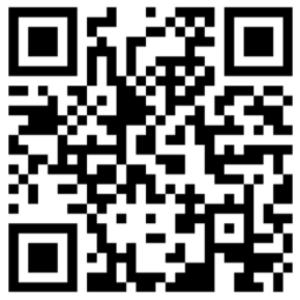
Retrieved from Unsplash.com: Perry Grone
Personal experience with Flipgrid
When I heard about this assignment I knew I wanted to evaluate Flipgrid because I had recently used it when working on a project for the UVIC marketing team. I liked that it is very basic and easy to use making it a great tool for all learners. I evaluated this tool based on the rubric designed by the University of Western Ontario.
Functionality
From what I could see, a teacher can have several different grids (classrooms/groups) at a time. In terms of scale, this feature would allow teachers to make small groups on Flipgrid, as long as they are separate from the classroom grid. I don’t find this awfully functional, as it can be confusing for students and teachers to find assignments when they have several grids. However, in terms of hypermediality, this app is great as students are able to communicate and engage in learning through videos.
Accessibility/Technical/Mobile Design
Flipgrid is one of the few educational apps that is completely free for educators and students making it accessible for all. On another note, it does require either a tablet, smartphone or a computer with a camera and microphone making it less accessible for some students. With that being said, most schools have tablets for students to use, so teachers who have access to those tablets can use Flipgrid in the classroom rather than using it as a homework tool. In terms of technical use of the app, Flipgrid offers links or QR codes to access grids and topics making them easily accessible on mobile devices or web browsers. Additionally, Flipgrid has a seamless design with little difference between the desktop and mobile version.
Privacy
In terms of privacy I would say Flipgrid is safe for students to use as it does not require users to make an account. However, it does store information in the United States and collects the personal information provided when users create an account.
Blog Prompt 1
There are a surprising amount of principles that are not used within this app. Those principles being: multimedia principle; split-attention principle; redundancy principle; signaling principle; coherency, signaling, spatial contiguity, temporal contiguity, redundancy principles. I believe these principles are not used in Flipgrid because they don’t align with the design and the intentions of the app.
Blog Prompt 2
Based on the SAMR Model I would say Flipgrid falls under the augmentation category as Flipgrid could be seen as an alternative to classroom discussion or worksheets but does however, promote student engagement and productivity. I can also argue that Flipgrid can be categorized under Modifications. This is due to the fact that teachers are able to print grid QR codes and place them around the classroom modifying lessons and student tasks. This example is provided in a short introductory video made by Flipgrid, please see the QR code below. With these factors in mind, I would say that Flipgrid is worth the time of the learning community, as it creates a safe, interactive space for learning and collaboration.

Resources
Mayer, R. E. (2014). The Cambridge Handbook of Multimedia Learning. The Cambridge Handbook of Multimedia Learning. doi:10.1017/cbo9781139547369


Good job.